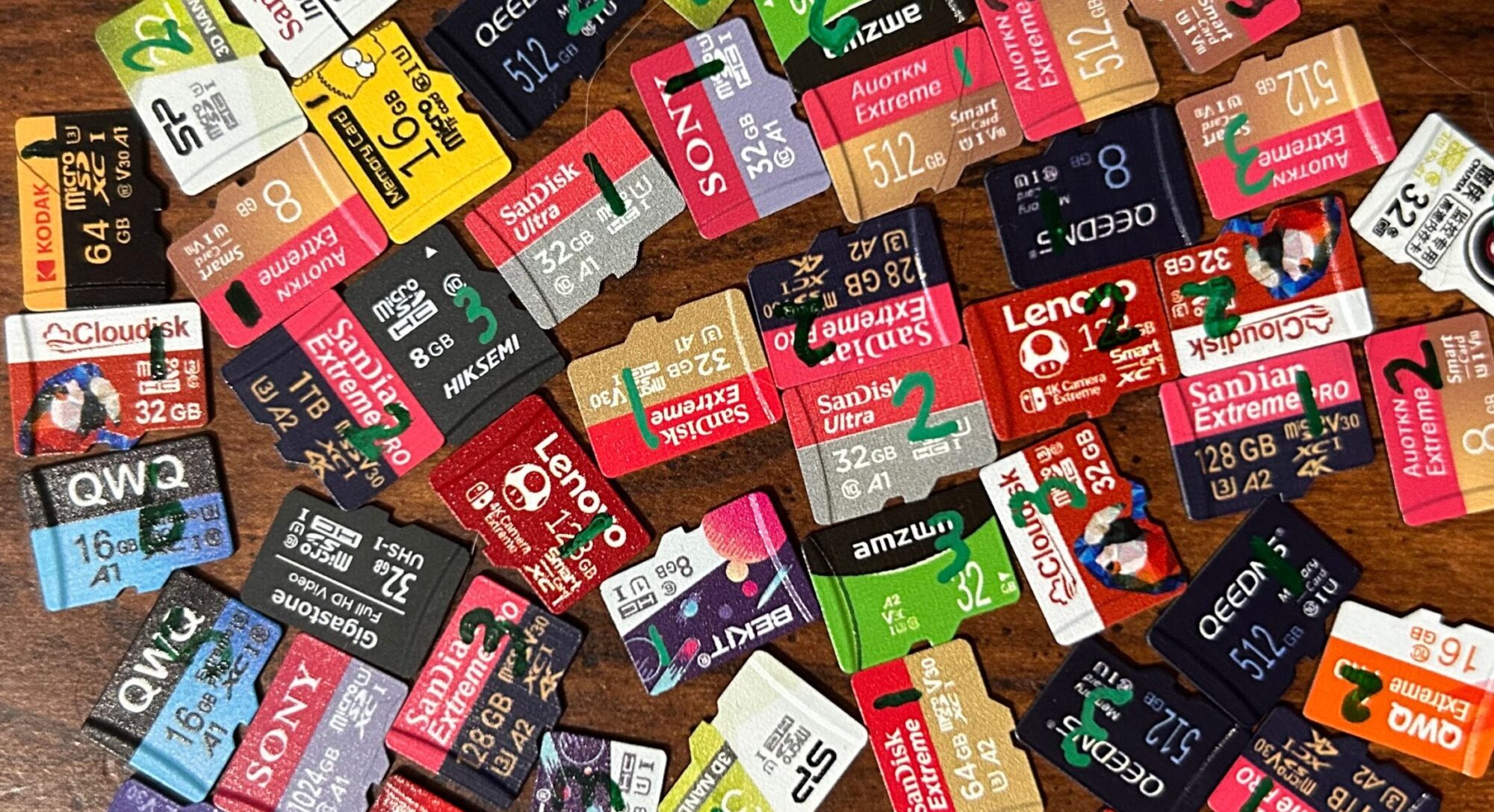This particular brand is one that I found thanks to an online survey I found, where someone was asking which microSD card had the highest endurance. One of Integral Memory’s cards was listed as one of the options. Neither Amazon nor AliExpress had them available for sale — but Amazon UK did, and for a price that was within my parameters.
Looking at the CID data, we can see that the manufacturer ID is set to 0x27 — which is assigned to Phison — so it’s likely that this card was produced for Integral by Phison. Phison’s cards have performed decently well for me in the past, so I went into this expecting good things out of this card.
All performance metrics were above average — with the exception of sequential write speeds, which were just a tad below average. Random I/O speeds were above average — in fact, this card did well enough on random I/O performance that it would have qualified for the A1 marking. Alas, Integral chose not to put this label on the card. Sequential write speeds were only just slightly above average — in fact, as far as sequential write speeds go, this card is the worst performing Phison card that I’ve tested so far (correction — the onn. 32GB has taken the honor of “worst-performing Phison card”.)
As far as endurance testing goes:
- Sample #1 was doing quite well for the first 4,331 read/write cycles; but during round 4,332, it experienced a…strange sort of data verification failure: the same 16 sectors’ worth of data was repeated over and over again — 526 times, to be exact. I’m not sure where the data came from either, as it failed CRC checks (meaning that it wasn’t the data my program wrote to the card). However, during round 4,333, it decided to stop responding to commands altogether.
- Sample #2 was chugging along just fine — with no errors whatsoever — until round 6,657, when it decided to simply stop responding to commands.
- Sample #3’s first error was a series of bit flips that affected 1,024 non-contiguous sectors during round 5,681. It chugged along for only another 35 read/write cycles before it stopped responding to commands altogether. Up to that point, less than 0.1% of the sectors on the card had been flagged as “bad”.
Overall? This card offered sequential I/O speeds that were just average, but random I/O speeds that were above average. This would make it more suited to a tablet or gaming console use case rather than, say, video recording — and the package seems to imply that it’s geared towards video recording. However, it has a couple of things working against it:
- Time to first error was above average; however, time to complete failure was — as of the time of this writing — below average. In particular, these cards gave little to no warning before failing.
- The price per gigabyte ended up being about $0.45 — which is pretty high compared to many of the other cards I tested.
So…is it a bad card? No, I wouldn’t say it is. But is it a great card? No, I wouldn’t say that either.
June 12, 2025
